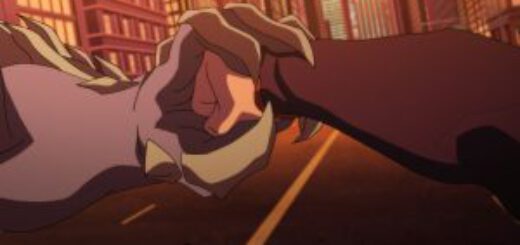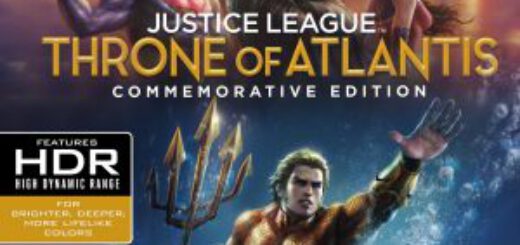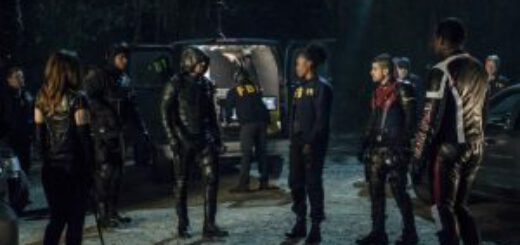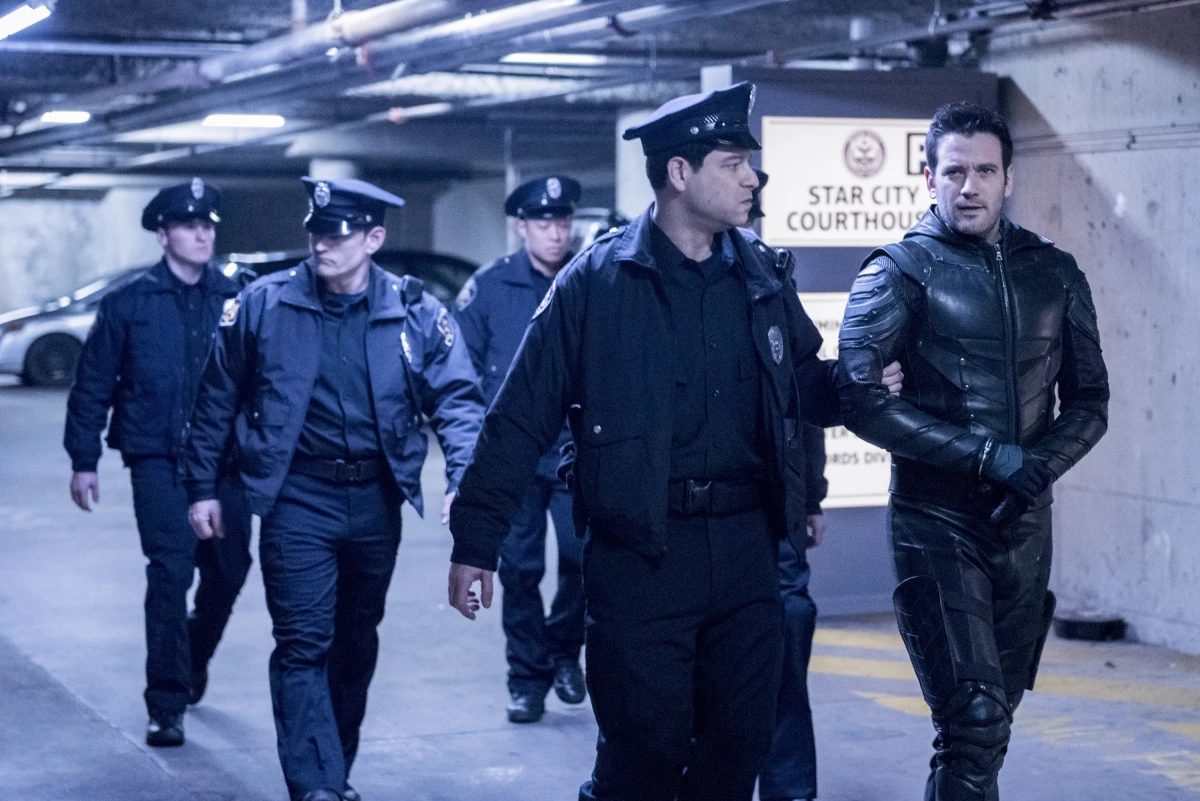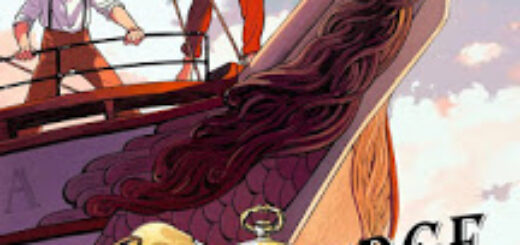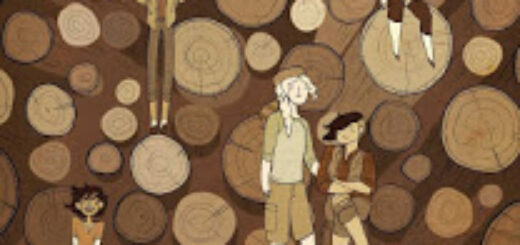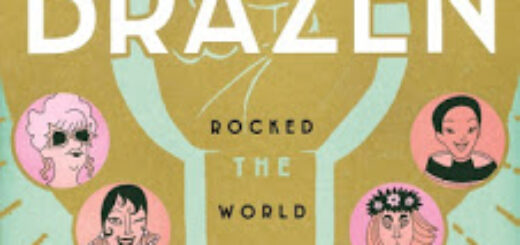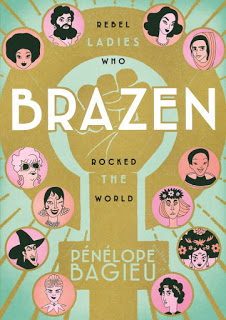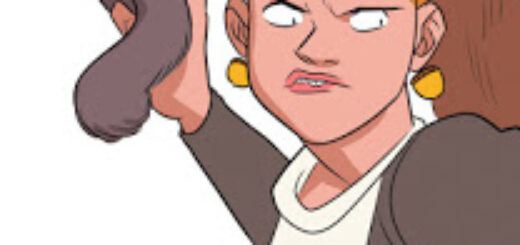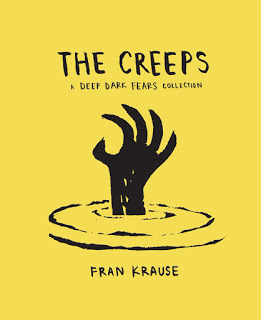REVIEW: The Death of Superman
 Doomsday. The unstoppable engine of destruction also appears to be the unstoppable antagonist having been a regular in the comics since 1992 and brought to the animated and live-action films. The sheer power on display is catnip and allows DC Comics’ most powerful figure to go mano y mano.
Doomsday. The unstoppable engine of destruction also appears to be the unstoppable antagonist having been a regular in the comics since 1992 and brought to the animated and live-action films. The sheer power on display is catnip and allows DC Comics’ most powerful figure to go mano y mano.
The DC Animated Universe of direct-to-video films has been uneven, usually a result of either poor writing, bad directing, or off-putting character design. That they are now linked, building a shared universe is a small pleasure as the producers mine the comics for stories to adapt and weave into their mythos.
The Death of Superman story has been adapted repeatedly but the latest attempt, now available digitally from Warner Bros Home Entertainment, but this may be the most satisfying version. A large part of the credit has to go to writer Peter J. Tomasi, who brings a tremendous amount of humanity to the characters along with some much-needed humor.
Not only does this adapt the classic 1992 story, but also works within the animated universe as it uses their version of the Justice League, nicely uses the Man of Steel’s supporting cast, actively involves Lex Luthor (Rainn Wilson), and sows the seeds for the follow-up Reign of the Superman adaptation, coming later this year.
As Doomsday hurtles to Earth, Superman (Jerry O’Connell) is wrestling with the decision to reveal his secret to Lois Lane (Rebecca Romijn), soliciting advice from his ex, Wonder Woman (Rosario Dawson), and the Flash (Christopher Gorham), who is about to finally marry. Elsewhere, we get glimpses of Lex working on programs despite his house arrest, making him the first to be aware of the danger to humanity.
When Doomsday emerges from the sea, he is making his way across America and the League is summoned to handle the matter but in typical animated style, we see only one member fight the behemoth at a time as opposed to a coordinated group effort, a mistake directors Sam Liu and James Tucker keep repeating. That said, it certainly was nice to see them in action, their personalities clear from Green Lantern (Nathan Fillion) to Martian Manhunter (Nyambi Nyambi).
 Given the level of devastation, it feels like it takes Superman too much time to get involved, but once he does, he gives it his all as the two battle across Metropolis, including a brutal fight on a bridge that endangers hundreds of civilians.
Given the level of devastation, it feels like it takes Superman too much time to get involved, but once he does, he gives it his all as the two battle across Metropolis, including a brutal fight on a bridge that endangers hundreds of civilians.
Of course, Lois and Jimmy Olsen (Max Mitttelman) are on hand for the finale, with Lois risking her life when it appears Superman was down for the count. In fact, having Superman put it all into the killing blow to save her is a great emotional beat.
And then we get the aftermath, the funeral, the tears, and the sense of loss. During the end credits, we cut away repeatedly to tease the coming of the Superboy clone, John Henry Irons (Cress Williams) forging the Steel suit, a floating Eradicator, and the Cyborg Superman entering the atmosphere.
 Frederik Wiedmann delivers a strong score to match a well-written, very entertaining film, the best in the series to date. Tomasi and the team sprinkle several winks to readers and long-time fans, adding to the enjoyment. The only design issue I have is that the heroes have bull necks and Superman’s face is just wrong.
Frederik Wiedmann delivers a strong score to match a well-written, very entertaining film, the best in the series to date. Tomasi and the team sprinkle several winks to readers and long-time fans, adding to the enjoyment. The only design issue I have is that the heroes have bull necks and Superman’s face is just wrong.
Released in the usual assortment of packages, the 1080p, AVC-encoded Blu-ray looks just fine, and the lossless DTS-HD MA 5.1 audio mix is good.
There are just two special features, the obligatory tease for Reign of the Supermen (9:33) and The Death of Superman: The Brawl That Topped Them All (16:23), a somewhat bloated look at the battle with martial arts expert Christian Medina, along with the usual talking heads, talk about its construction. Sadly, the only participants from the core material was original story editor Mike Carlin and artist Jon Bogdanove.
The two contributions from the DC Comics Vault are Legion of Super-Heroes, Season 2, “Dark Victory” Part 1 (22:54) and Part 2 (22:50), which were the series’ final offerings.

